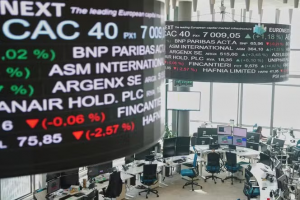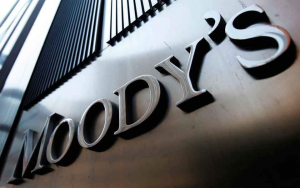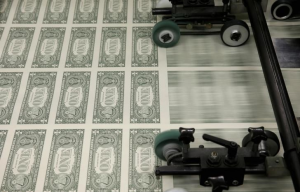Goldman Sachs has lowered its oil price forecast to reflect an upward revision to expected OPEC+ supply beginning in July.
The Wall Street bank now anticipates Brent crude to average $60 per barrel and WTI $56 in the remainder of 2025, down from earlier projections of $63 and $59, respectively. For 2026, Goldman expects Brent/WTI to average $56/$52, compared with $58/$55 previously.
The adjustment comes after the OPEC8+ group decided to raise production by 411,000 barrels per day in June, in line with Goldman’s base case.
“The decision likely reflects relatively low inventories and a broader shift to a more long-run equilibrium focused on supporting internal cohesion and on strategically disciplining U.S. shale supply,” Goldman strategists led by Daan Struyven said in a note.
The bank now assumes another 411,000 b/d increase in July, up from a prior estimate of 140,000 b/d, reflecting a change in expectations about the group’s production strategy.
“Saturday’s decision increases our confidence that the new baseline size of production increases is likely 0.41mb/d,” the strategists continued.
They also cited stronger-than-expected U.S. economic activity, including solid payroll and ISM data, as a reason OPEC8+ may maintain its current pace of production hikes when it meets again on June 1.
Despite tight spot fundamentals, Goldman maintained a cautious outlook on oil prices, flagging downside risks. “Our key conviction remains that high spare capacity and high recession risk skew the risks to oil prices to the downside,” the bank’s team said.
They warn that oil prices could face additional downside if production continues to rise while demand weakens.
According to the bank, unwinding the 2.2 million barrels per day of OPEC+ cuts in gradual steps could push Brent down to the high $40s and WTI to the mid-$40s by the end of 2026. In a more adverse scenario marked by a global economic slowdown, Brent could fall to around $40 and WTI to the upper $30s.
“While even less likely, we wouldn’t rule out further production increases beyond the reversal of 2.2mb/d of cuts, which would still leave several core OPEC producers with meaningful spare capacity,” the strategists added.













